Elevate your local knowledge
Sign up for the iNFOnews newsletter today!
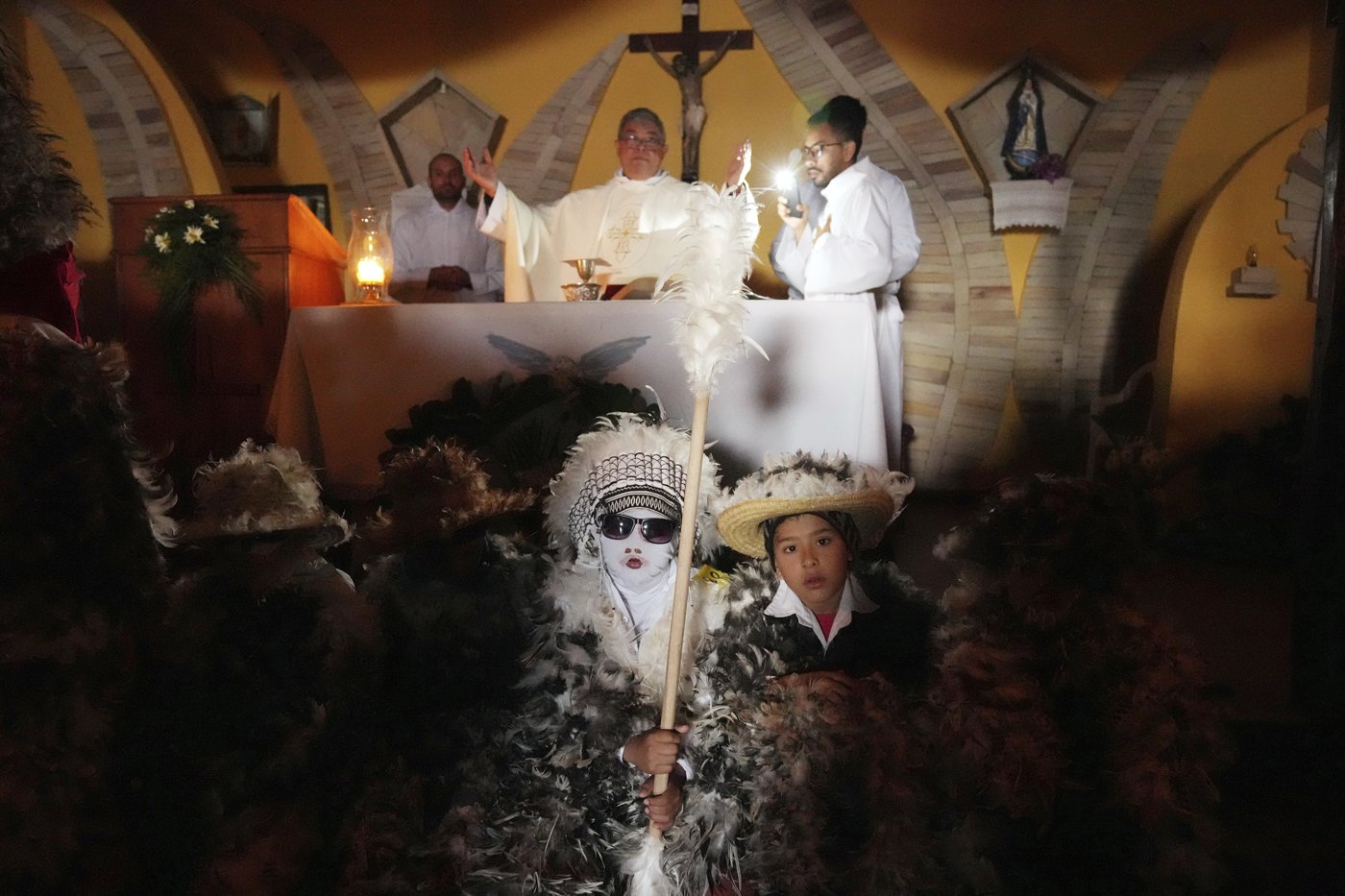
EMBOSCADA, Paraguay (AP) — The rainy weather did not prevent Blanca Servín from dressing her 7-year-old son like a bird. They joined a procession honoring St. Francis Solanus, the patron saint of a town in Paraguay about 20 miles (32 kilometers) from the capital city of Asunción.
Like her child, dozens of Catholics in Emboscada wear elaborate feathered garments each July 24. Dressing up is a ritual aimed at fulfilling promises made to the Spanish friar, who was a missionary in South America during the 16th century and is believed to grant miracles.
“I couldn’t have children,” Servín said. “I underwent several treatments and when I finally got pregnant and my child was born, the doctors said he would barely live for a few days.”
She then prayed to St. Francis Solanus and made a promise many parishioners make: If you do this for me, I will honor you on your feast day for seven years.
“My son is almost 7, and I have kept my promise,” Servín said. “But we will keep coming.”
Dressing in feathers
Participants dressing up in feather garments are known as “promisers.” As part of the rituals, they cover their faces, imitate birds and distort their voices when speaking.
Marcos Villalba said he spent three months crafting his costume. He worked on it every other day and said his father and brothers have also been long-time promisers.
Sulma Villalba — not related to Marcos — devoted six months to the task. Rather than wearing a costume herself, she patiently glued hundreds feathers to her children’s and husband’s clothing. Like Servín, she has already fulfilled the promise she made to St. Francis to protect her family, but she said they still honor him because it has become a tradition they enjoy.
A missionary to Indigenous people
According to Ireneo López, a layperson in charge of recreational activities at the Emboscada parish, St. Francis is remembered as a missionary who evangelized the Indigenous people through music. The first church in his honor was erected in the 1930s. As parishioners increased, a new building was built later.
López said that participants use up to 30 hens, guinea fowls and geese to craft their costumes.
“These garments represent what people used to wear in ancient times,” he added. “Gala suits were made with what nature provided: birds.”
Jessica López, who attended the festival with her two children and a niece, said she gathered feathers for months. Before crafting the costumes a week ago, her family enjoyed a banquet with a hen they specifically picked for the occasion.
She, too, asked St. Francis for good health, but said parishioners request all sorts of miracles. About 2,500 area residents join the feast every year.
Processions and dances honoring St. Francis start on July 22. The night before the feast day, a local family takes home a wooden figure depicting the friar in order to decorate it for the festivities.
On July 24, promisers and parishioners attend Mass at the St. Francis chapel, then lead a procession and end up dancing in front of the church.
A tale of land and dispute
According to historian Ana Barreto, the ancient context of the feast is as fascinating as the feast itself. It is celebrated in a territory that was disputed by two Indigenous people — the Guaraní and the Chacoan — before the Spaniards came in the 16th century.
The Europeans eventually subdued the Guaraní, but the Chacoan kept defending the land even after descendants of formerly enslaved people from Africa settled there.
“The Indigenous people sought to steal young women, take weapons and other valuable objects, and set the ranches on fire,” Barreto said.
Not all current participants in the St. Francis feast are aware of this, but their costumes and celebrations are a remembrance of this historic episode.
According to Barreto, the Guaraní name of the event, “Guaykurú Ñemondé,” translates as “dressing like a barbarian.” Thus Guaraní participants are dressing as their ancestral enemies.
The reason might be hidden in an ancient Guaraní rite. After battling the Chacoan, the Guaraní people kept their prisoners alive. They provided them with food and energizing drinks, and encouraged them to have sex with their women. Afterwards, they killed the prisoners and cooked them, serving them as a meal at a community banquet.
“In this way, the enemy strengthened the Guaraní,” Barreto said.
____
Associated Press religion coverage receives support through the AP’s collaboration with The Conversation US, with funding from Lilly Endowment Inc. The AP is solely responsible for this content.
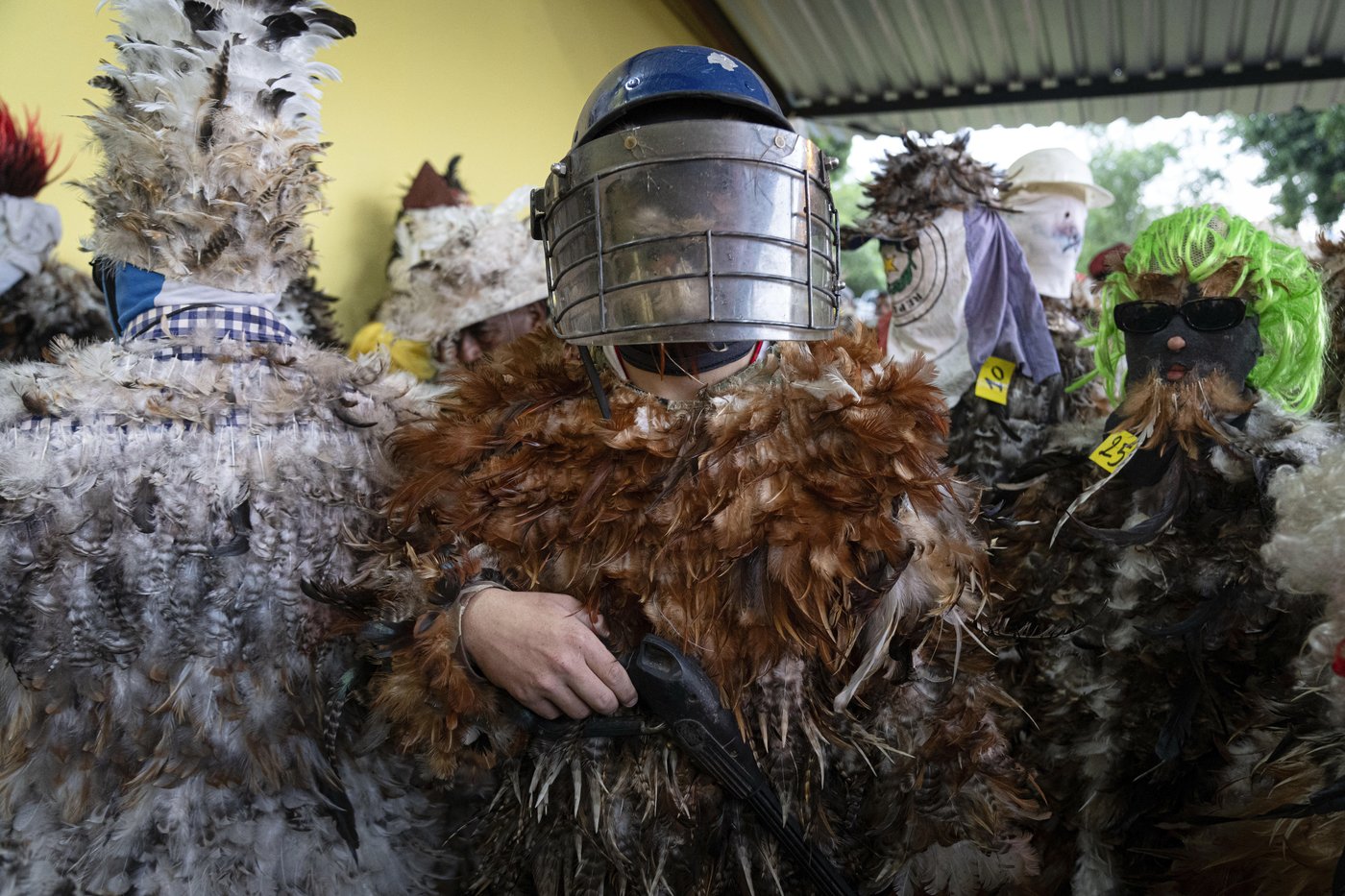
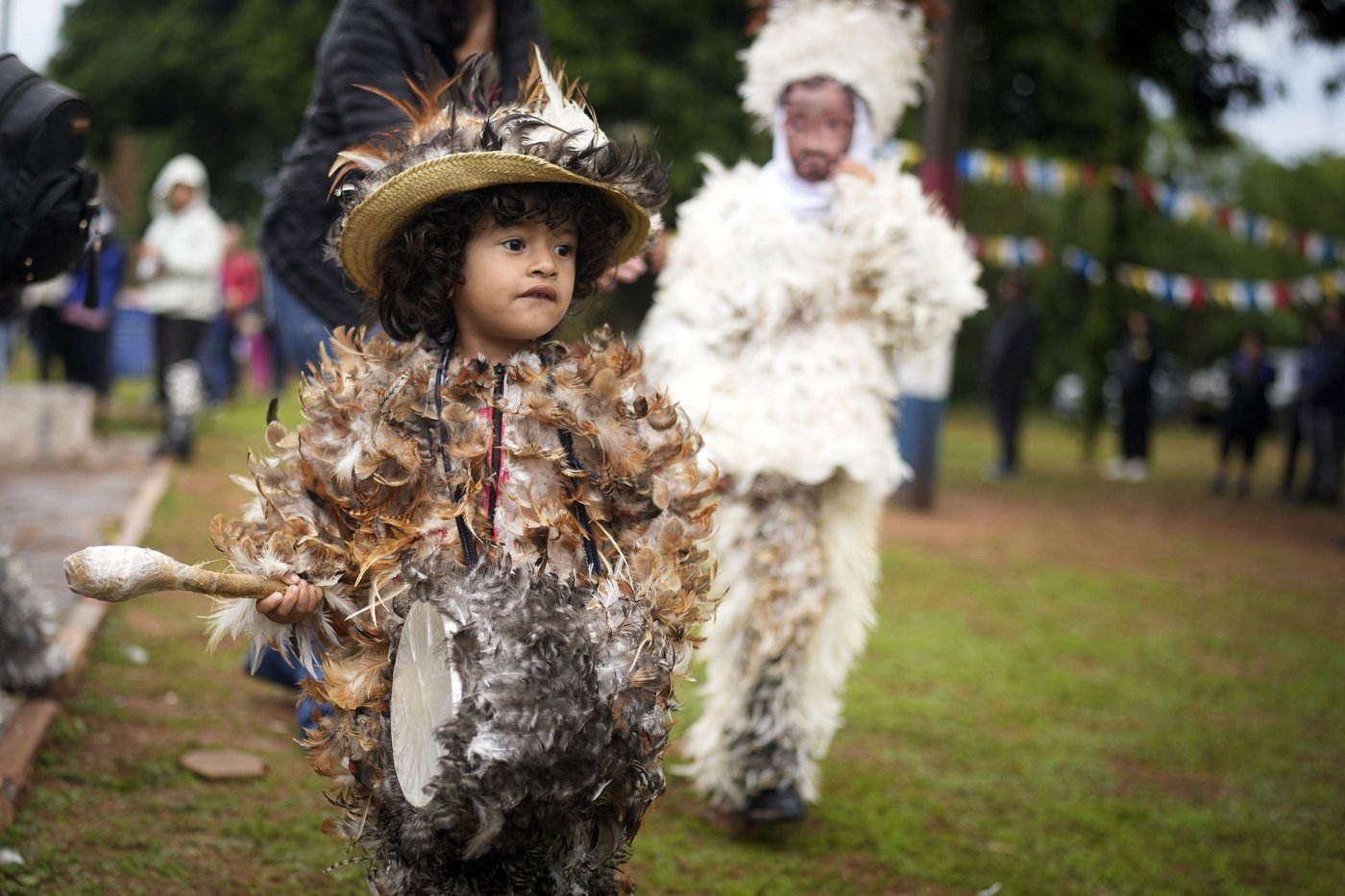
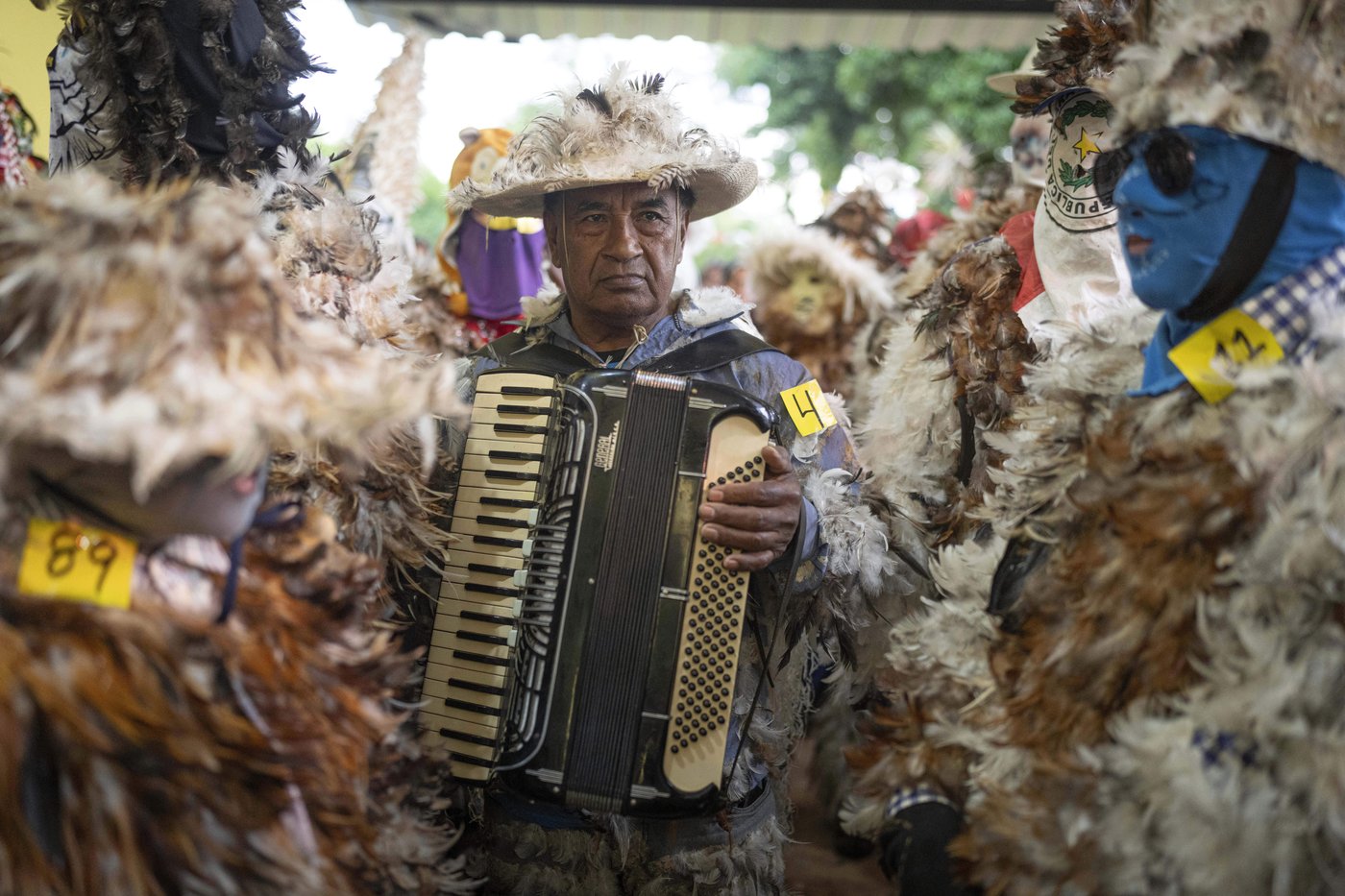
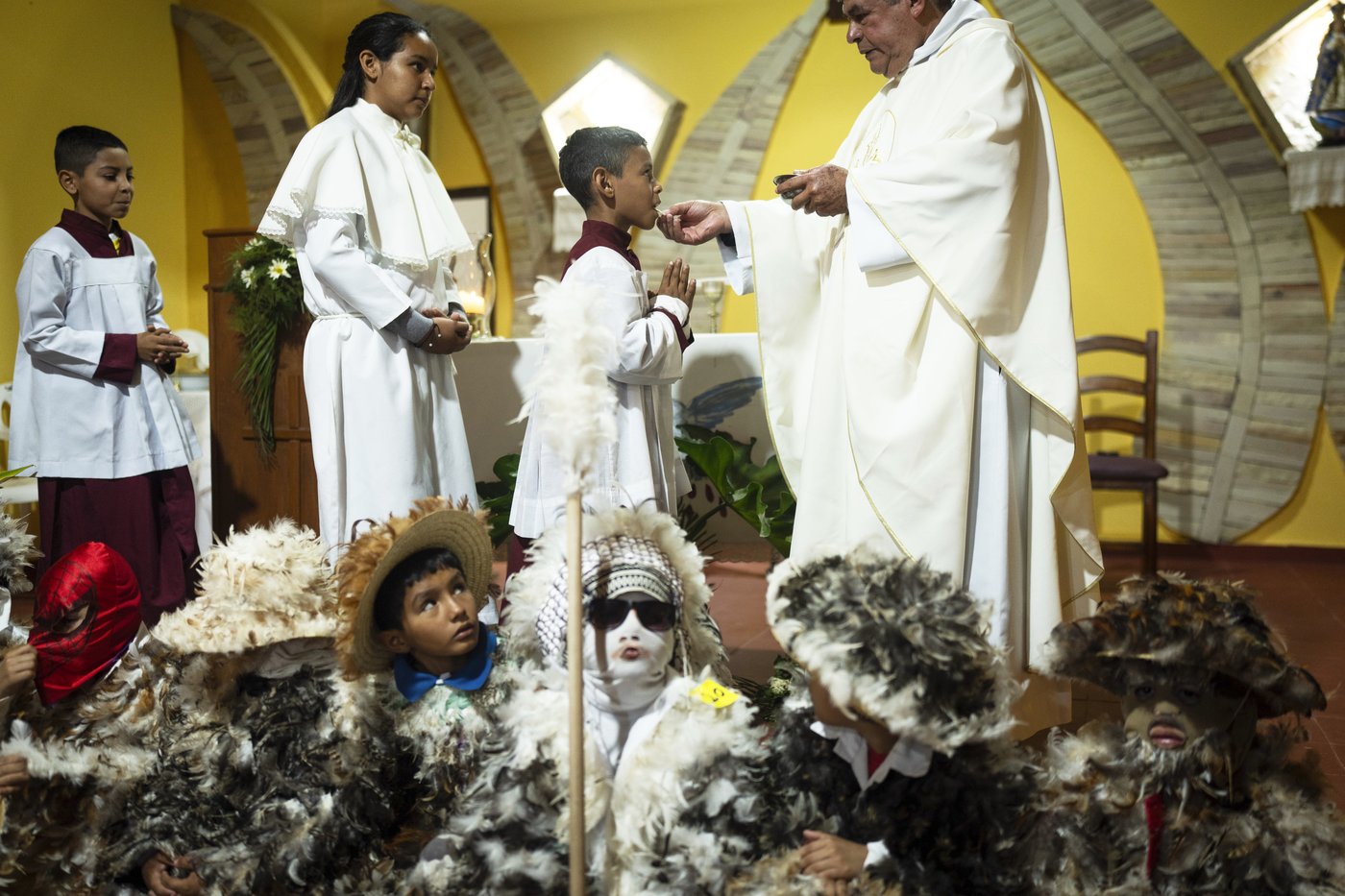
Want to share your thoughts, add context, or connect with others in your community?
You must be logged in to post a comment.